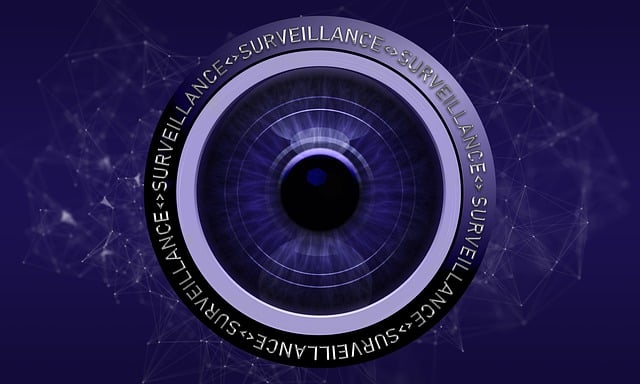Integrating modern security technology into historic homes requires a balanced approach that respects their architectural integrity. Upgrading security involves addressing power sources and connectivity to support advanced surveillance and smart device requirements without compromising aesthetics. Skilled professionals specializing in both technology and preservation are crucial for effective retrofitting, ensuring old home protection while maintaining unique character. This blend of modern security and traditional architecture enhances safety and peace of mind for vintage home owners.
In today’s digital age, integrating new technology into historic structures presents both opportunities and challenges. Many older homes boast unique architectural charm but may lag in modern security features, leaving them vulnerable to evolving threats. This article explores strategies for seamlessly enhancing the security of vintage homes without compromising their integrity. From understanding the challenges to implementing smart home safety features that respect traditional aesthetics, discover best practices for upgrading home security for old structures, ensuring both protection and preservation.
- Understanding the Challenges of Integrating Technology in Historic Homes
- The Benefits of Modernizing Security for Older Structures
- Secure Retrofit Solutions for Vintage Homes: A Step-by-Step Guide
- Smart Home Safety Features That Respect Traditional Aesthetics
- Best Practices for Upgrading Home Security Without Compromising Historic Integrity
Understanding the Challenges of Integrating Technology in Historic Homes
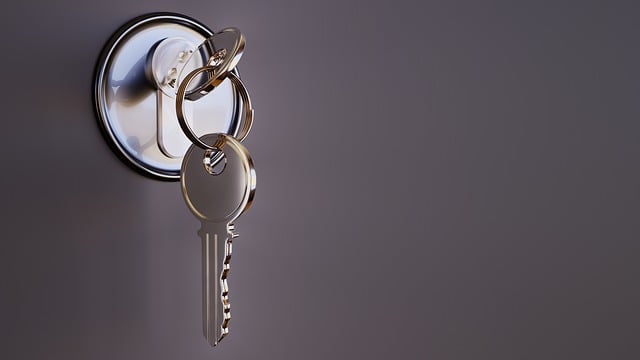
Integrating new technology in older structures, especially historic homes, presents a unique set of challenges. These vintage homes often boast beautiful architecture and craftsmanship, but their age can mean outdated electrical systems, vulnerable security measures, and limited connectivity compared to modern standards. Upgrading these structures requires a delicate balance between preserving historical integrity and implementing the latest in home security technology to protect residents and valuable assets.
When considering retrofitting security for older homes, it’s crucial to address specific concerns like power sources that can handle advanced surveillance systems or Wi-Fi networks necessary for smart home devices. Home security updates for traditional homes must also factor in aesthetics, as modern components might not seamlessly blend with historic design elements. Skilled professionals who understand both technology and preservation are essential to ensure that old home protection is effective yet respectful of the building’s character.
The Benefits of Modernizing Security for Older Structures
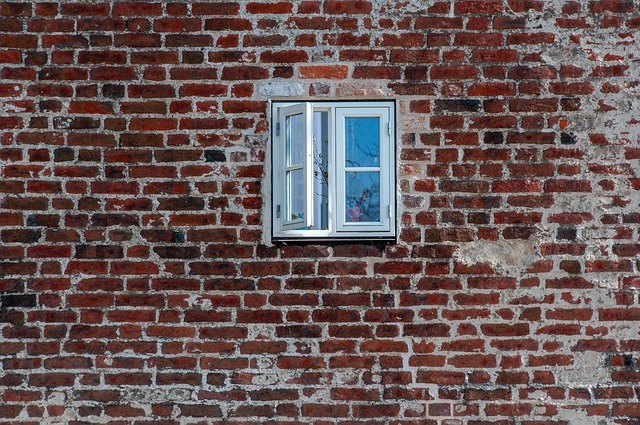
Modernizing the security of older structures offers a multitude of benefits that can enhance the safety and peace of mind for homeowners while preserving the unique character of historic homes. Traditional home safety measures often fall short in keeping up with today’s advanced threats, making it crucial to upgrade security systems. By integrating modern technology into vintage homes, owners can benefit from enhanced protection without sacrificing their property’s timeless appeal.
Retrofit home security solutions allow for the installation of state-of-the-art monitoring systems, intelligent door locks, and smart sensors that can detect unusual activity, notify homeowners of potential risks, and even deter intruders. These updates not only strengthen old home protection but also provide homeowners with real-time data and control over their property’s security. This approach respects the architectural integrity of historic buildings while incorporating the latest advancements in home security, ensuring a harmonious blend of tradition and technology.
Secure Retrofit Solutions for Vintage Homes: A Step-by-Step Guide
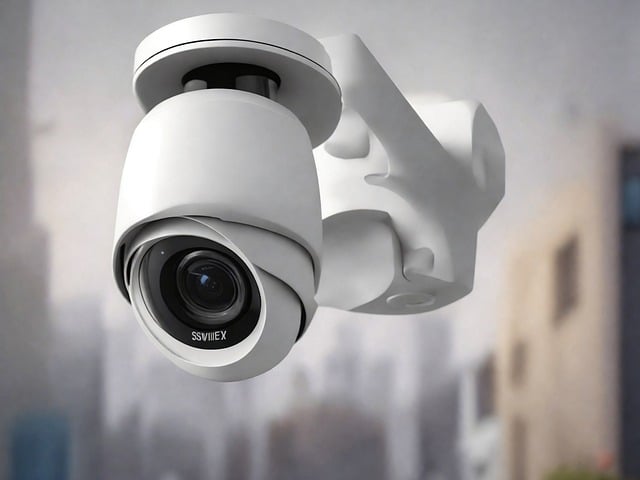
When it comes to enhancing security for older homes, particularly vintage properties with traditional architecture, a careful and thoughtful approach is essential. Retrofit solutions offer an effective way to modernize home security without compromising the historical integrity of these beloved structures. The process involves a step-by-step strategy tailored to each unique home.
Begin by assessing the current security features and identifying areas for improvement. This may include installing modern locks, upgrading window fittings, and adding advanced surveillance systems. Next, prioritize based on risk evaluation, ensuring high-value items and vulnerable points are well-protected. A professional security consultant can aid in this stage, offering expert advice tailored to historic homes. Then, source compatible retrofit solutions designed for old home protection, ensuring they blend seamlessly with the traditional aesthetic. Finally, installation should be carried out by skilled tradespeople who understand the delicate balance between enhancing security and preserving the home’s character.
Smart Home Safety Features That Respect Traditional Aesthetics
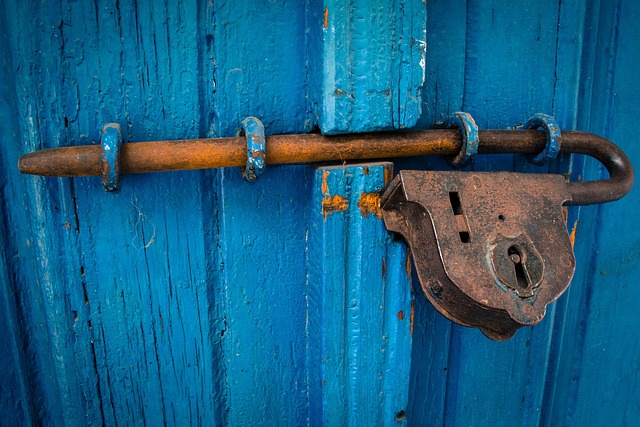
Integrating smart home safety features into older structures doesn’t have to compromise their traditional aesthetics. Modernization can respect history by focusing on discreet and elegant solutions that blend seamlessly with vintage homes. Retrofitting advanced security systems, such as smart locks and motion sensors, allows homeowners to upgrade their protection without altering the building’s original charm. These updates provide peace of mind while preserving the timeless character of historic residences.
For example, wireless sensors can be installed behind walls or under floors, hidden from view, ensuring a seamless fit with the home’s design. Smart lighting controls and temperature regulators can maintain the harmonious ambiance while enhancing comfort and safety. This approach ensures that old homes remain secure and enjoyable to live in, combining the best of both worlds: traditional beauty and modern security.
Best Practices for Upgrading Home Security Without Compromising Historic Integrity
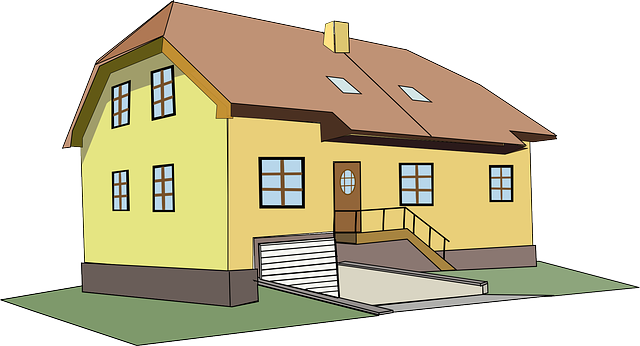
When upgrading security in older homes, it’s crucial to balance modern protection with preserving historic integrity. Best practices involve non-invasive retrofitting techniques that complement the structure’s character. For example, installing hidden yet sophisticated surveillance cameras and smart locks can enhance security for historic homes without altering their traditional aesthetics. These advanced technologies integrate seamlessly into vintage home security systems, providing peace of mind while maintaining the building’s original charm.
Additionally, utilizing wireless sensors and smart alarms allows for a more discrete approach to old home protection. Such updates enable homeowners to modernize home security while making minimal changes to the property. By prioritizing discreet installations and leveraging modern technology, traditional home safety can be significantly improved without sacrificing the architectural integrity that makes historic homes unique.
The seamless integration of new technology in older structures offers a unique opportunity to enhance the security and functionality of historic homes while preserving their charming aesthetics. By following best practices, such as using retrofit solutions tailored to vintage homes, implementing smart security features that blend with traditional design, and prioritizing the historic integrity of each structure, it’s possible to upgrade home security without compromising the character that makes these old homes so special. Embracing modern technology in a thoughtful manner ensures both the safety of residents and the preservation of architectural heritage for future generations.
